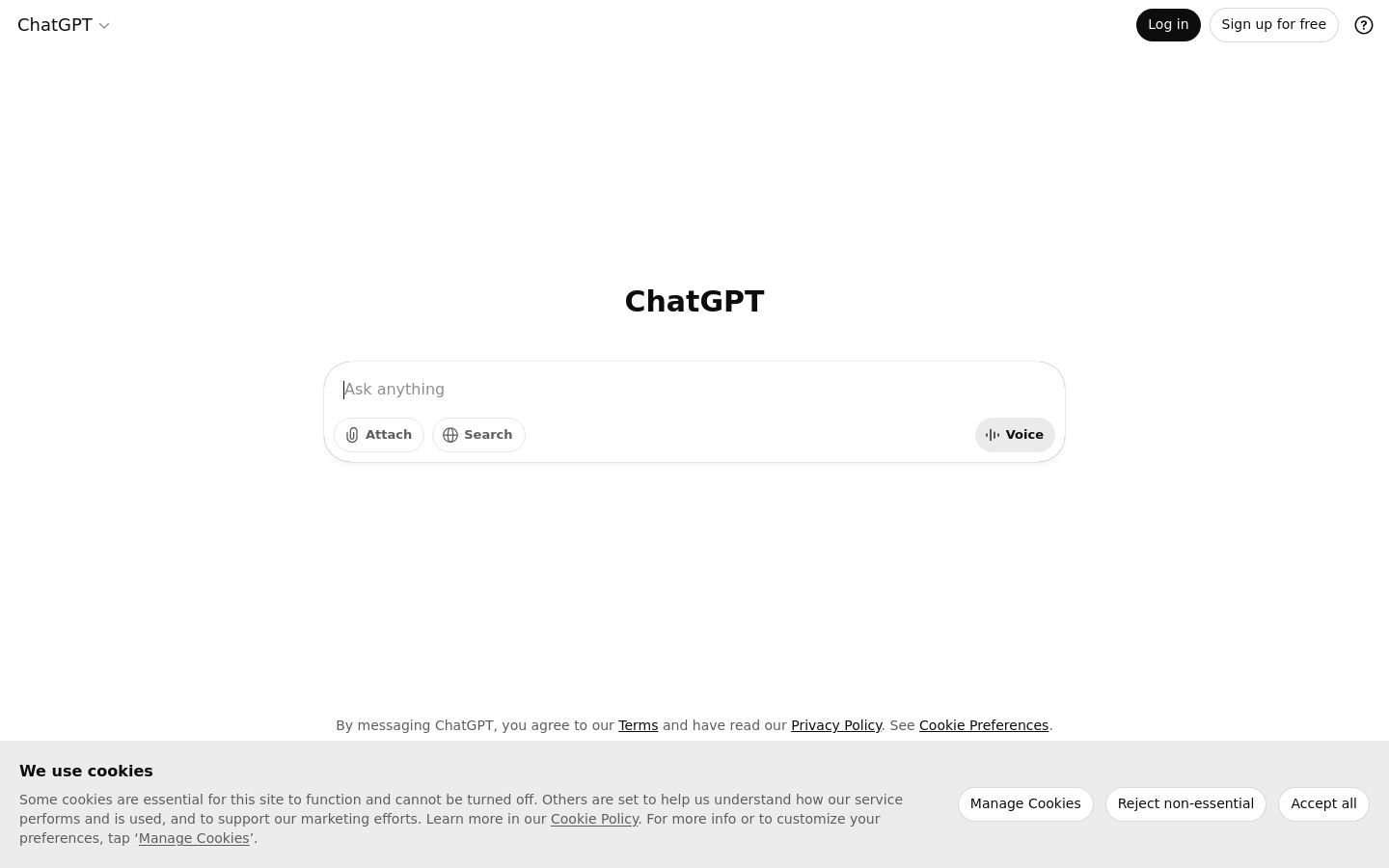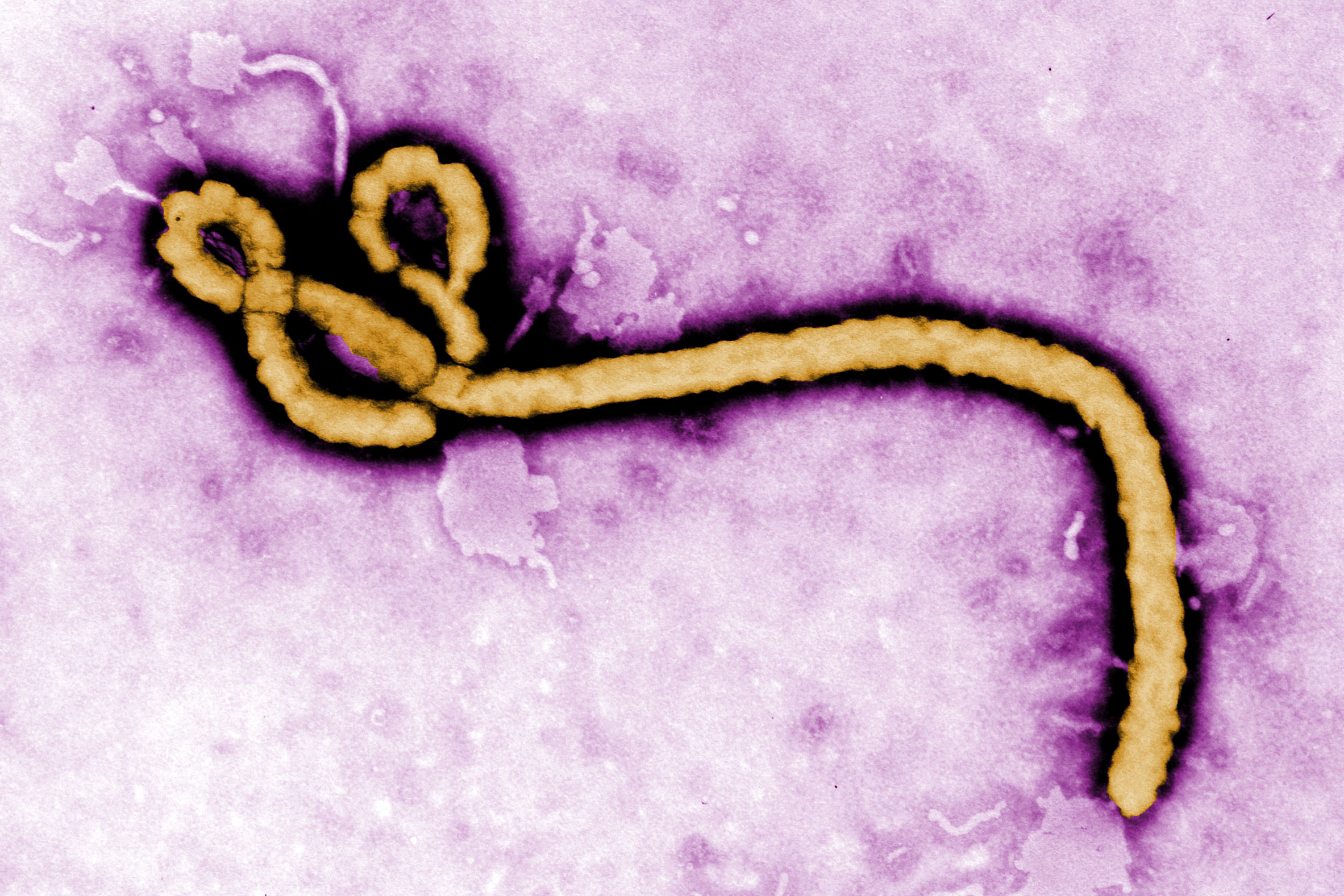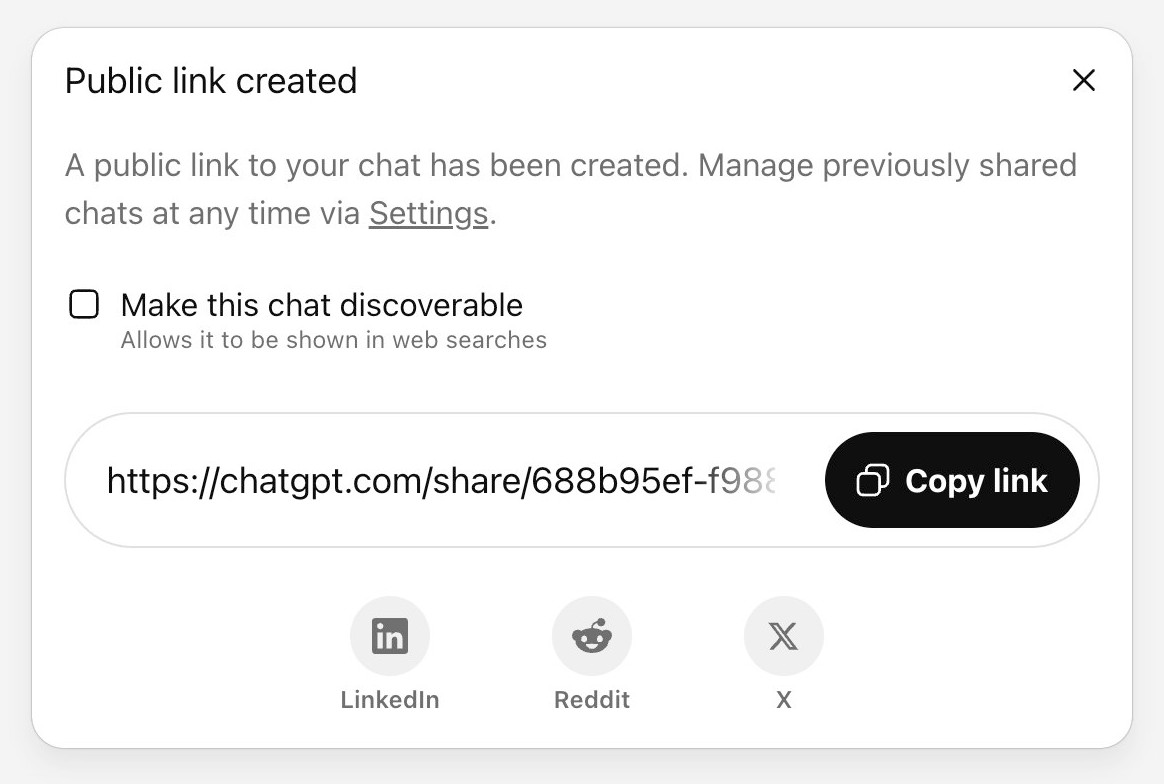So you want to parse a PDF? - Eliot Jones
A PDF object wraps some valid PDF content, numbers, strings, dictionaries, etc., in an object and generation number. The content is surrounded by the obj/endobj markers, for example a simple number may have its own PDF object:
A PDF file is effectively a graph of objects that may reference each other. Objects reference other objects by use of indirect references. These have the format "16 0 R" which indicates that the content should be found in object 16 (generation number 0). In this case that would point to the object 16 containing the number 620. It is up to producer applications to split file content into objects as they wish, though the specification requires that certain object types be indirect.
To avoid the need to scan the entire file, PDFs declare a cross-reference table (xref). This is an index pointing to where each object in the file lives.
This tells the parser to jump to byte offset 116 to find the xref table (or stream). In theory this pointer is right at the end of the file, according to the specification:











